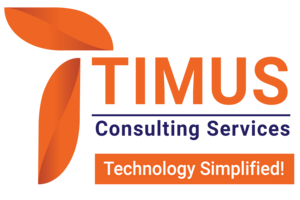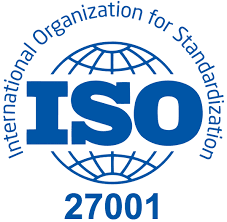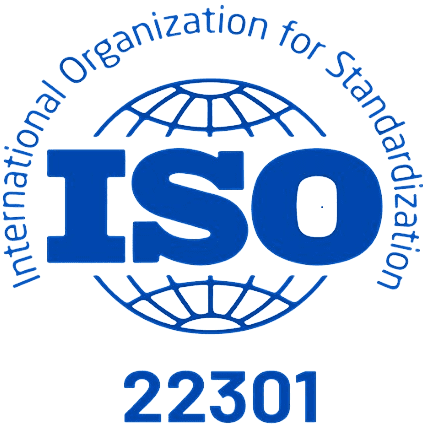Reinforcement Learning (RL) has emerged as a groundbreaking paradigm in the field of Artificial Intelligence (AI), offering machines the ability to learn optimal behaviors through interaction with their environment. Unlike traditional machine learning techniques that rely heavily on labeled datasets, RL thrives in dynamic and uncertain environments, making it a powerful tool for real-world applications. This blog post explores the fundamentals of reinforcement learning, its key concepts, and its transformative potential.
What is Reinforcement Learning?
Reinforcement Learning is a type of machine learning where an agent learns to make decisions by performing actions and observing the results. The primary goal of the agent is to maximize cumulative rewards over time. RL can be understood as a feedback-driven learning process where actions are taken to achieve long-term goals rather than immediate success.
Key elements of an RL system include:
- Agent: The learner or decision-maker.
- Environment: The system with which the agent interacts.
- State: The current situation of the environment.
- Action: Choices available to the agent.
- Reward: Feedback signal indicating the success of an action.
- Policy: The strategy used by the agent to determine actions.
- Value Function: A prediction of future rewards used to evaluate states or actions.
How Does Reinforcement Learning Work?
At the core of RL is the trial-and-error approach. Here’s a simplified flow of how RL operates:
- The agent observes the state of the environment.
- Based on its policy, the agent selects an action.
- The environment transitions to a new state and provides a reward.
- The agent updates its policy to improve future decision-making.
This iterative process continues until the agent converges on an optimal policy that maximizes rewards.
Techniques in Reinforcement Learning
RL algorithms can be broadly categorized into:
-
Model-Free Methods:
These methods, such as Q-Learning and SARSA, learn directly from interactions without requiring a model of the environment.
-
Model-Based Methods:
These methods build a model of the environment to plan and predict future states, improving learning efficiency.
-
Policy Optimization:
Algorithms like REINFORCE and Proximal Policy Optimization (PPO) focus on directly optimizing the policy to improve performance.
Real-World Applications of Reinforcement Learning
Reinforcement Learning is transforming various industries, including:
-
Robotics:
Training robots to perform complex tasks like assembly and navigation.
-
Healthcare:
Optimizing treatment plans and drug discovery.
-
Finance:
Algorithmic trading and portfolio management.
-
Gaming:
Developing AI that can beat human players in games like Go and Chess.
-
Autonomous Vehicles:
Enhancing navigation and decision-making in self-driving cars.
Challenges in Reinforcement Learning
Despite its potential, RL faces several challenges:
-
Exploration vs. Exploitation:
Balancing the trade-off between trying new actions and relying on known successful strategies.
-
Sample Efficiency:
Learning effectively from limited data.
-
Scalability:
Handling high-dimensional environments and large state spaces.
-
Safety:
Ensuring that the agent’s exploration doesn’t lead to catastrophic outcomes in critical applications.
The Future of Reinforcement Learning
As computational power and algorithmic advancements continue to grow, RL is poised to tackle increasingly complex problems. Integration with deep learning (Deep RL) has already demonstrated remarkable results, and future research will likely focus on improving scalability, interpretability, and real-world deployment.
Conclusion
Reinforcement Learning represents a paradigm shift in how machines can learn and adapt. By enabling agents to interact, learn, and optimize in dynamic environments, RL is paving the way for intelligent systems that can solve some of the most challenging problems of our time. Whether in healthcare, robotics, or autonomous systems, the potential applications of RL are vast and transformative. As we move forward, continued research and innovation in RL will unlock new frontiers in AI, bringing us closer to a future of intelligent, adaptive systems.
About us
We are Timus Consulting Services, a fast-growing, premium Governance, Risk, and compliance (GRC) consulting firm, with a specialization in the GRC implementation, customization, and support.
Our team has consolidated experience of more than 15 years working with financial majors across the globe. Our team is comprised of experienced GRC and technology professionals that have an average of 10 years of experience. Our services include:
- GRC implementation, enhancement, customization, Development / Delivery
- GRC Training
- GRC maintenance, and Support
- GRC staff augmentation
Our team
Our team (consultants in their previous roles) have worked on some of the major OpenPages projects for fortune 500 clients across the globe. Over the past year, we have experienced rapid growth and as of now we have a team of 15+ experienced and fully certified OpenPages consultants, OpenPages QA and OpenPages lead/architects at all experience levels.
Our key strengths:
Our expertise lies in covering the length and breadth of the IBM OpenPages GRC platform. We specialize in:
- Expert business consulting in GRC domain including use cases like Operational Risk Management, Internal Audit Management, Third party risk management, IT Governance amongst others
- OpenPages GRC platform customization and third-party integration
- Building custom business solutions on OpenPages GRC platform
Connect with us:
Feel free to reach out to us for any of your GRC requirements.
Email: Business@timusconsulting.com
Phone: +91 9665833224
WhatsApp: +44 7424222412
Website: www.Timusconsulting.com





